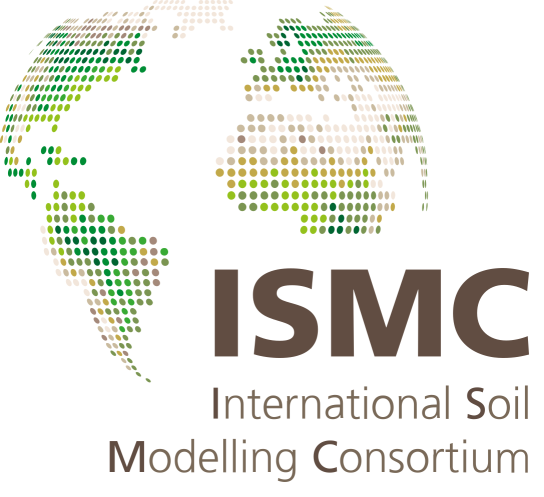Digital soil mapping using machine learning techniques in a varied tropical environment
- 1PRODEMA, Universidade Federal de Pernambuco, Recife, Brazil (rodrigo.qmiranda@gmail.com)
- 2Department of Life Sciences, Imperial College London, Ascot, UK (r.nobrega@imperial.ac.uk)
- 3Brazilian Agricultural Research Corporation – Embrapa Soils, Recife, Pernambuco, Brazil (estevaoufpe@gmail.com)
- 4PRODEMA, Universidade Federal de Pernambuco, Recife, Brazil (jadsonfreireufpe@hotmail.com)
- 5Brazilian Agricultural Research Corporation – Embrapa Soils, Recife, Pernambuco, Brazil (coelhoembrapa@gmail.com)
- 6Brazilian Agricultural Research Corporation – Embrapa Tropical Semiarid, Petrolina, Pernambuco, Brazil (magna.moura@embrapa.br)
- 7Brazilian Agricultural Research Corporation – Embrapa Soils, Recife, Pernambuco, Brazil (alex.hugo.2006@gmail.com)
- 8PRODEMA, Universidade Federal de Pernambuco, Recife, Brazil (saxzira@yahoo.com.br)
- 9Department of Geography and Environmental Science, University of Reading, Reading, UK (a.verhoef@reading.ac.uk)
- 10Spatial Sciences Laboratory, Texas A&M University, College Station, USA (r-srinivasan@tamu.edu)
- 11Dept. de Engenharia Civil, Universidade Federal de Pernambuco, Recife, Pernambuco, Brazil (suzanam.ufpe@gmail.com)
- 12PRODEMA, Universidade Federal de Pernambuco, Recife, Brazil (socorromsb57@gmail.com)
- 13PRODEMA, Universidade Federal de Pernambuco, Recife, Brazil (josicleda.galvincio@ufpe.br)
Environmental models often require soil maps to represent the spatial variability of soil attributes. However, mapping soils using conventional in-situ survey protocols is time-consuming and costly. As an alternative, digital soil mapping offers a fast-mapping approach that might be used to monitor soil attributes and their interrelationships over large areas. In Brazil, conventional survey methods are still widely used, and thus maps still in development are considered as the state-of-the-art products for decades. In this study, we address this lack of updated spatial information on many soil attributes by producing regional statistical soil models using an innovative framework. This new framework attempts to reduce prediction redundancies due to high multicollinearity, by implementing a Feature Selector algorithm. This is expected to improve a model’s strength by decreasing its unexplained variance. The framework’s core is composed of the Soil-Landscape Estimation and Evaluation Program (SLEEP) and a calibrated Gradient Boosting Model capable of modelling the spatial distribution of soil attributes at multiple soil depths. These models allowed us to explain the spatial distribution of some basic soil attributes (physical and chemical), and its environmental drivers. The model training and testing approach used 30 environmental attributes, and data from 223 soil profiles for the state of Pernambuco, Brazil. Our models demonstrated a consistent potential to perform spatial extrapolations with r2 ranging from 0.8 to 0.97, and PBIAS from -0.51 to 2.03. The properties related to topographic and climatic conditions were dominating when estimating the number of horizons, percentage of silt and the sum of bases (a measure of soil fertility). We believe that our framework features high flexibility, while reducing capital investments when compared to in situ surveys and traditional mapping protocols. These findings also have implications for the improvement and testing of pedotransfer functions. We thank FACEPE for funding this through APQ 0646-9.25/16.
How to cite: Miranda, R., Nobrega, R., Silva, E., Freire, J., Filho, J., Moura, M., Barros, A., Saraiva, A., Verhoef, A., Srinivasan, R., Montenegro, S., Araújo, M., and Galvíncio, J.: Digital soil mapping using machine learning techniques in a varied tropical environment, 3rd ISMC Conference ─ Advances in Modeling Soil Systems, online, 18–22 May 2021, ISMC2021-78, https://doi.org/10.5194/ismc2021-78, 2021.

